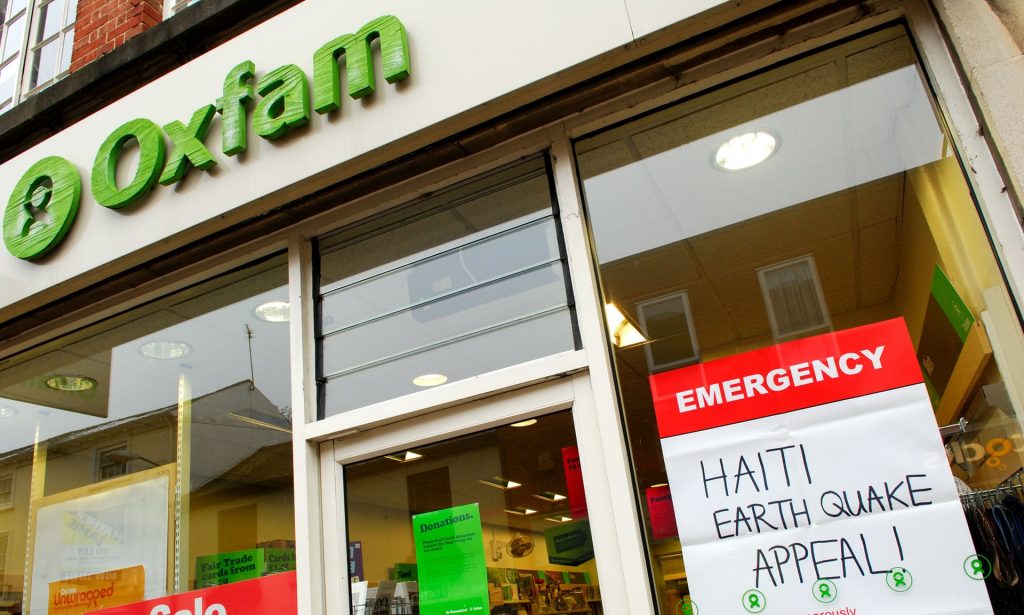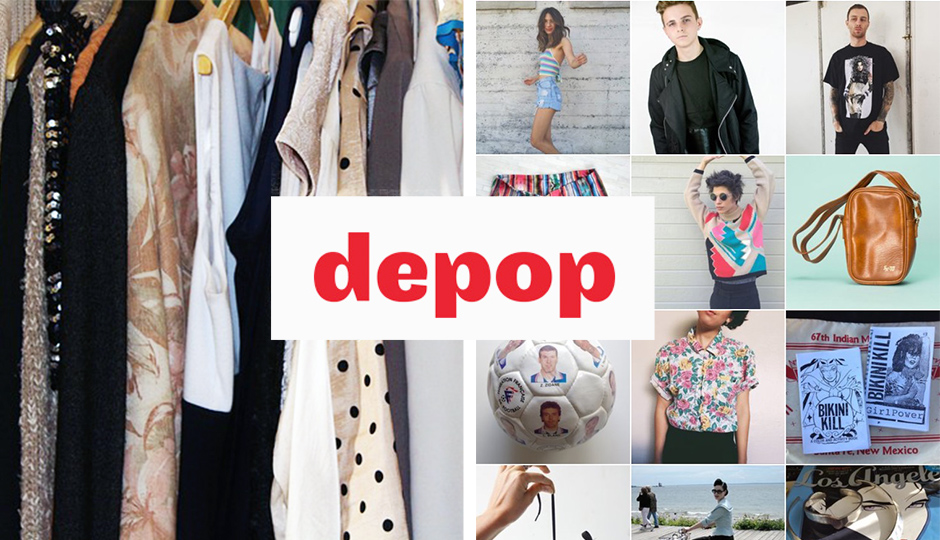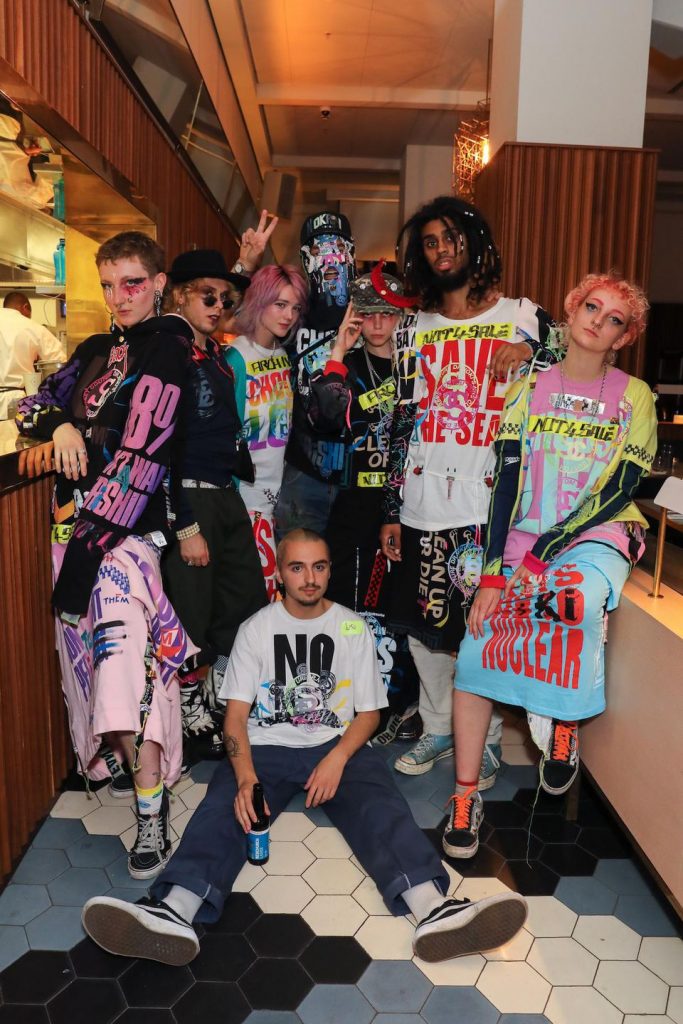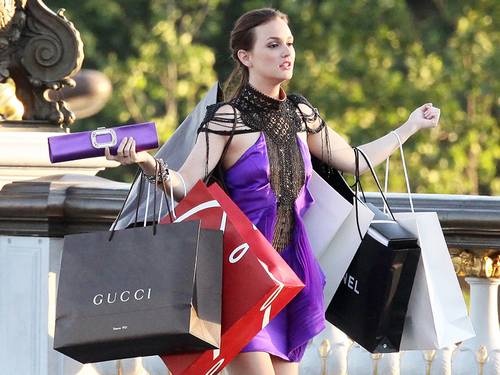As the fashion industry is repeatedly condemned for having disastrous effects on the environment the question arises – is it time for consumers to go on a fashion diet?
With fears increasing over climate change more and more fashion brands have made promises to lesser their damage to the environment by various methods such as using more sustainable materials and altering manufacturing processes. However, are these changes enough or do consumers have a responsibility to alter their purchasing habits?

Coined by Vogue in 2018, the term ‘fashion diet’ essentially means shopping sensibly. Could it offer a straightforward alternative to the search for sustainable materials and production processes or is asking a 21st century consumer to cut back on buying new clothes unrealistic?
Owner of Maidstone-based second hand vintage store Trash or Treasure, Jason Howard, believes the sustainability movement within the fashion industry will be a passing phase unless people change their need for gratification from buying goods.

Oxfam saw success last month with their Second Hand September campaign that urged shoppers to not buy any new clothing during the month and instead shop second hand. Over 60,000 people pledged to do so.

Ian Francis/Alamy
Oxfam sustainable fashion expert Fee Gilfeather told Retail Gazette, “The industry needs to change and second-hand retail is just one way that consumers can use their shopping behaviour to make a difference to the 11 million garments that go to UK landfill every week.”

Despite the success of the scheme and the awareness raised there are concerns that encouraging consumers to only buy second hand for a month is simply not enough.
Gilfeather went on to tell Retail Gazette, “We hope that by taking the challenge to break the cycle of buying new clothes for just one month, people who do second-hand September will be able to review their shopping habits and make more sustainable choices in [the] future.”
When speaking to Retail Gazette about Oxfam’s campaign, chief executive of dry cleaning service I Hate Ironing, Matt Connelly, said, “While this is a nice marketing angle from Oxfam it’s not a solution to the bigger issue. We need to move away from encouraging more textile consumption of any type”.
But how will fashion companies, particularly fast fashion brands, make money out of encouraging their customers to buy less or second hand?
Online fashion retailer Asos proved to be ahead of its competitors when it launched Asos Marketplace in 2010, an online platform for independent brands and vintage boutiques. Since its conception the platform has grown and now represents over 800 boutiques worldwide. By featuring vintage sellers and boutiques on the marketplace division of their website Asos not only engages in the idea of a shared economy which has proved increasingly popular amongst millennials but presents their brand image as multi-faceted and versatile.
Peer-to-peer social shopping app Depop was launched a year later in 2011 and has been dubbed ‘Gen Z’s favourite shopping app’. It too celebrates the concept of a shared economy whereby users can sell on unwanted clothing and accessories and purchase second hand items themselves via the app.

Pixelbay/Alixe Wiley
The popularity of these platforms is part of a growing trend. The second hand market has grown 21 times faster than the wider retail market over the past three years, according to research compiled by GlobalData for online retailer Thredup.
Howard proposes high street fashion brands restyle old fashions and garments in order to embrace the second hand market instead of repeatedly launching new sales.
If fashion brands fail to venture into this market they could suffer. A big indication of sustainability’s importance within the fashion industry is the dominance of environmentally-conscious brands seen at London Fashion Week.

EMEA director at liquidation firm B-Stock, Ben Whitaker, told Retail Gazette, “More retailers are realising that their sustainable actions are having a direct effect on their reputation and brand image as more consumers make environmentally conscious shopping decisions.”
Second hand clothes shopping is increasingly becoming part of the fashion industry’s push for more environmentally-friendly practices due to schemes like Oxfam’s Second Hand September and the growth of the fashion resale market. Therefore, if fast fashion brands don’t encourage sensible and second hand shopping they could risk losing customers to companies that do.


Be the first to comment on "Forget calorie counting, it may be time for a fashion diet"